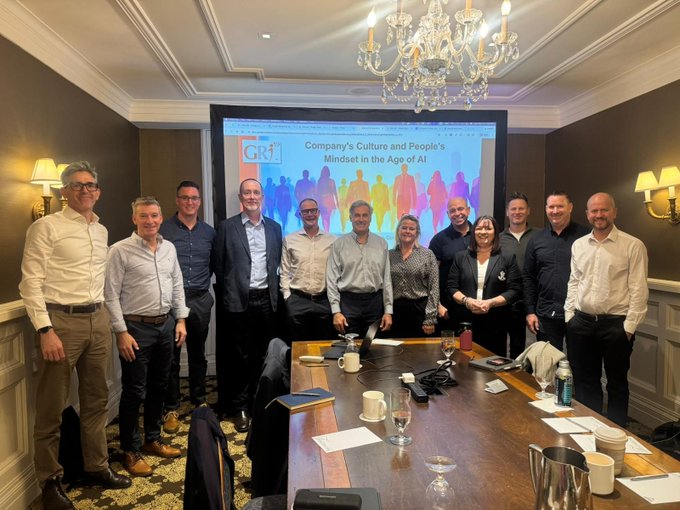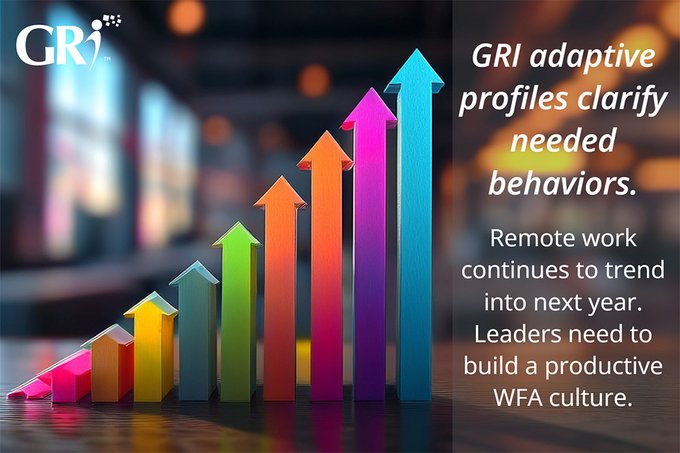Reduce Friction and Promote Teamwork - Part 3
Posted by Frederic Lucas-Conwell

Reduce Friction and Promote Teamwork - Part 3
This is the third post in our series about reducing friction in organizations. In the previous post we looked at the friction caused by hires that are mismatched to their job, language that is misunderstood, judgement, and a lack of self-awareness. Here, we analyze two other common frictions.
Group Performance
A company can be in the right market with a great product and great timing, but still experience terrible results. Maybe sales did not come through or a new technology was implemented too late. What went wrong? People are the easiest factor to blame when an organization underperforms.
Organizations have their own set of norms, rules, and processes embedded into their culture, which leaves everyone and no one in particular to blame except, ultimately, the CEO. The organization as a whole may not have hired the people it needed or managed them adequately in order to perform. Another friction that should be prevented.
As a result of not having the right people, targets are not met, start-ups fail to launch, and companies eventually close. Operating in competitive markets requires both thinking and acting fast, or at least faster than competitors. In less competitive markets, growing and surviving over the years requires paying attention to people more accurately, too.
How an organization performs as a whole and the people who make up the organization can only be analyzed in relationship to the market it competes in and how it sets, continually resets, executes, and meets its targets.
This kind of friction is much easier to avoid if you work with a system like the GRI. Using the data from the GRI enables you to pivot quickly, address your people-related problems clearly and concisely, and stay focused on meeting your goals.
Understanding Your People—Get Agile
We wish that years of experience were enough to learn about something so fundamental and basic as human nature. However, it remains one of the most elusive concepts in modern life.
Mastering how to hire for an organization’s needs and learning what motivates people’s intrinsic drives are happening at too slow a pace and too high a cost, which constitutes another friction that prevents the growth of individuals and companies.
Attending MBA programs and gaining years of experience in people management doesn’t seem to expedite the learning curve of becoming proficient in people matters. The process remains hard, painful, and costly. Executive coaching and mentoring programs have helped. However, they are no substitute for the knowledge that managers and executives need to quickly develop in order to deal with people smartly, decisively, and on their own.
The concept of emotional intelligence was popularized by David Goleman’s publication of the book of the same name in the mid-1990s, bringing forward a new perspective that being smart about people has something to do with emotions rather than a higher IQ. Managing people is not about mastering political games or learning how to influence others. Those tactics are simply forms of extrinsic motivation.
Removing the friction around becoming astute about people requires new learning—an experience and training of a new nature—which, if successful, accelerates the process of improving our social intelligence. The GRI is designed to do this, giving you a much clearer picture of people’s “whys” and “hows” almost instantly with the profile, and then increasing your understanding as you develop your GRI literacy.
Explore how you can minimize friction between team members with the GRI. Read chapter 12 of Lead Beyond Intuition: How to Build a High-Performing Organization. Order the book on Amazon today.
Latest Articles
Groupama Successful Transformation in Romania: The GRI, Catalyst for Profound Change
The history of Groupama in Romania is an eloquent testament to resilience, strategic vision, and the transformative impact of innovative management tools. Arriving at the...
Hybrid Work: A Management Revolution
The COVID-19 pandemic has acted as an unprecedented catalyst, radically transforming our approach to work. What was once a marginal practice has become the norm for many...
Leadership 3.0: Objective Insights for People-Centric Leaders
Steve, a brilliant entrepreneur, poured his heart into his work. His team at "Innovatech" was on the brink of a major breakthrough, a new app that promised to revolutionize...



